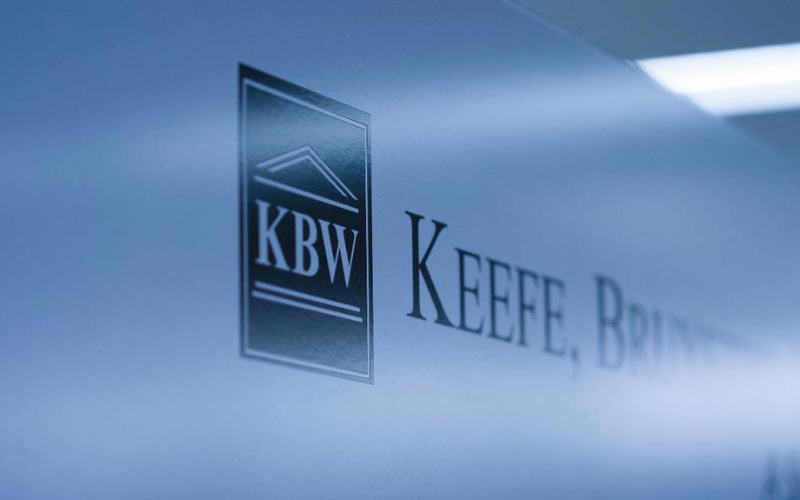KBW has revealed that its primary takeaway from the Reinsurance Rendezvous is that, absent very significant near-term losses, property catastrophe reinsurance rates are likely to fall by at least 10% at the January 1, 2026 renewals, leaving the firm somewhat more optimistic about reinsurance buyers.
 KBW noted that, based on its discussions at RVS 2025, re/insurance executives’ individual estimates (assuming no surprise events) of 1/1/26 property catastrophe reinsurance pricing changes ranged from flat to down slightly, to down 10–15%, with most executives expecting retrocessional reinsurance pricing to fall at a similar or slightly faster pace.
KBW noted that, based on its discussions at RVS 2025, re/insurance executives’ individual estimates (assuming no surprise events) of 1/1/26 property catastrophe reinsurance pricing changes ranged from flat to down slightly, to down 10–15%, with most executives expecting retrocessional reinsurance pricing to fall at a similar or slightly faster pace.
“We think that the uniformly expressed comfort with price adequacy even incorporating these decreases, and the similarly uniform desire to grow property catastrophe reinsurance premiums, even for reinsurers that want to maintain relatively low North American catastrophe market shares, point to decreases at the higher end of expressed ranges, especially if retrocessional capacity allows cheaper tail protection,” KBW said in its new report.
The firm continued, “Reinsurers believe (and we agree) that those rate levels would still be at least adequate, which leads us to expect that actual 1/1/26 decreases will be slightly bigger, making us a little more pessimistic about reinsurers and a little more optimistic about reinsurance buyers.”
Elsewhere, KBW noted that executives broadly agreed that pricing trends are unlikely to shift unless a major event drives full-year global insured catastrophe losses above the roughly $150 billion level widely regarded as normalised for 2025.
With H1 2025 catastrophe losses likely totalling around $80 billion and a very benign Q2 moderating Q1’s unusually severe, mostly California wildfire-related losses, property catastrophe reinsurance pricing would require H2 2025 losses of at least $70 billion to be materially affected, KBW added.
The firm went on, “We also agree with the qualification that these losses would need to come from a single event; multiple smaller losses would be less shocking and hence less impactful, and a single large loss would be more likely to impact the small-but-influential retro market.”
KBW also touched on attachment points and aggregate cover, noting that, in their discussions, most reinsurers and brokers expect little appetite for broadly lower per-occurrence attachment points, though targeted exceptions exist.
KBW highlighted that persistent inflation means nominally unchanged attachments have declined in real terms since the substantial 1/1/2023 increases, but reinsurers remain comfortable given primary insurers’ larger share of catastrophe losses.
The firm additionally observed greater willingness to write aggregate reinsurance covers, albeit at more remote attachment levels than pre-2023, with several reinsurers reportedly mentioning spread-loss treaties as part of this trend.
The post Reinsurance buyers to benefit as KBW sees rate declines ahead of Jan renewals appeared first on ReinsuranceNe.ws.

